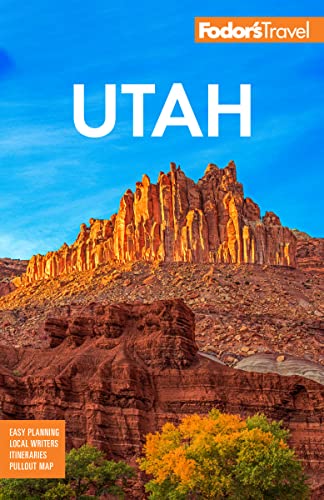The Legendary Great Salt Lake
Legends of an enormous body of water with an outlet to the Pacific Ocean drew explorers north from Mexico as early as the 1500s. By the 1700s, other legends—about piles of gold and mines full of jewels—had been proven false by Spanish explorers, but the lake legend endured. Following a source of water through the West's harsh desert, and traveling along a flat riverbank instead of struggling over mountains, would make trade easier between New Mexico and the settlements springing up along California's coast. Perhaps goods could be shipped to the coast rather than hauled by mules, a trip the Spanish (correctly) predicted would take months.
Franciscan fathers Francisco Atanasio Dominguez and Francisco Silvestre Velez de Escalante came close to finding Great Salt Lake in 1776, but they cut through the Wasatch Mountains too far to the south. They did blaze a major trade route through Utah, but there is no record of any travelers wandering far enough off the route to see the lake of legend. In 1804–05 Lewis and Clark searched for a water route to the West Coast, but their focus on the Columbia River gave them no reason to travel south of Idaho. They, too, missed the lake.
Mountain men had heard of the lake. Legend has it that an argument about the lake broke out at the alcohol-soaked 1824 rendezvous in northern Utah—the trappers couldn't agree whether the nearby Bear River flowed into the lake. Jim Bridger was chosen to settle the argument, some say because he was the youngest. For whatever reason, he was set adrift on the Bear River in a rickety bull boat and told to report his findings at a future rendezvous—if he survived.
Jim Bridger did survive, and he was able to report that Bear River did flow into Great Salt Lake. However, his travels and those of fellow mountain man Jedediah Smith indicated that the lake was landlocked. Plus it was no good for drinking. Even worse, the explorers found that travel around the lake was hampered by vast expanses of marshland, a muddy shoreline, and hundreds of square miles of salt flats that looked solid but were often little more than a thin crust over layers of muck.
With dreams of a freshwater oasis and an easy route to the coast crushed, the legend of the lake changed. The lake became a place where monsters lurked in the water, giants rode elephant-like creatures on the islands, and the bottom periodically opened, swallowing everything nearby. The area became a place to avoid, or to pass by quickly, until 1847, when Brigham Young and the Mormon pioneers crossed the plains to settle on its shore.




